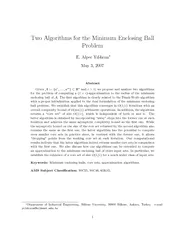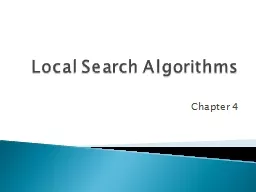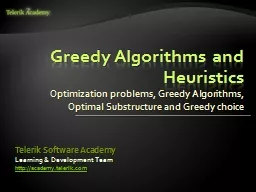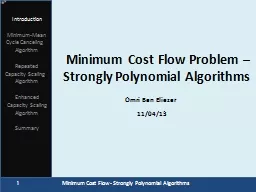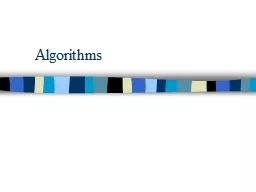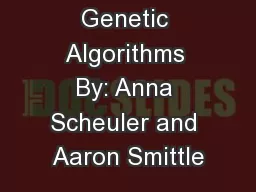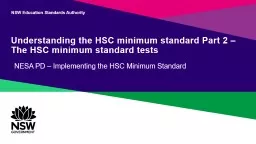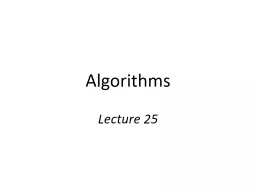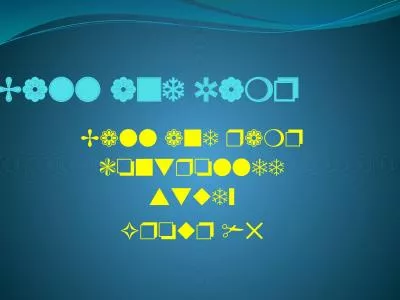PDF-Two Algorithms for the Minimum Enclosing Ball Problem
Author : ellena-manuel | Published Date : 2015-06-09
Alper Y305ld305r305m May 3 2007 Abstract Given a and 57359 0 we propose and analyze two algorithms for the problem of computing a 1 approximation to the radius of
Presentation Embed Code
Download Presentation
Download Presentation The PPT/PDF document "Two Algorithms for the Minimum Enclosing..." is the property of its rightful owner. Permission is granted to download and print the materials on this website for personal, non-commercial use only, and to display it on your personal computer provided you do not modify the materials and that you retain all copyright notices contained in the materials. By downloading content from our website, you accept the terms of this agreement.
Two Algorithms for the Minimum Enclosing Ball Problem: Transcript
Download Rules Of Document
"Two Algorithms for the Minimum Enclosing Ball Problem"The content belongs to its owner. You may download and print it for personal use, without modification, and keep all copyright notices. By downloading, you agree to these terms.
Related Documents

